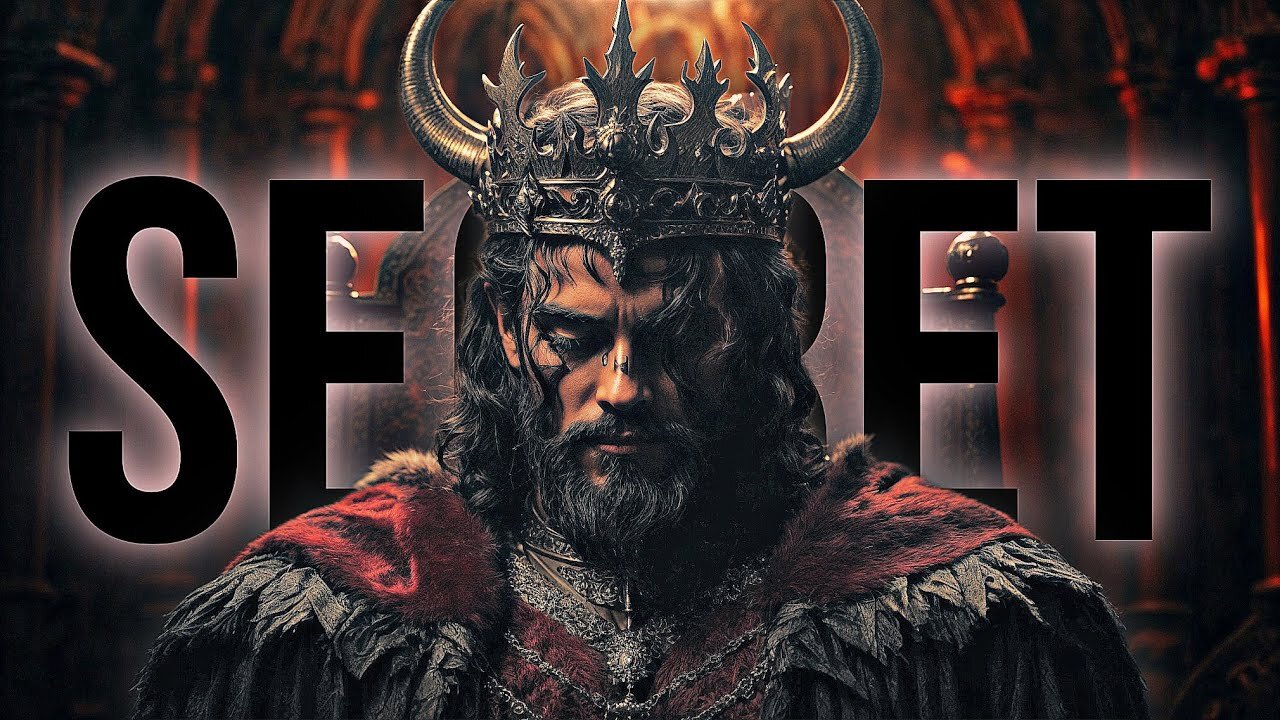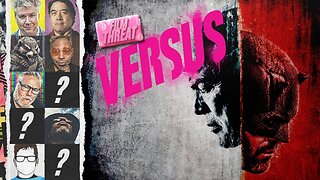Premium Only Content

Sons of God: SECRET History. An Extremely Deep Dive Into History, Myth & Ancient Mysteries
Sons of God: SECRET History. An Extremely Deep Dive Into History, Myth & Ancient Mysteries. Full Documentary
-
178,967 views July 12, 2023
Gnostic Informant TV
-
FAIR USE FOR EDUCATIONAL PURPOSES
-
Mirrored From:
https://www.youtube.com/@GnosticInformantTV
-
As applied in the scholarly literature, "dying and rising gods" is a generic appellation for a group of male deities found in agrarian Mediterranean societies who serve as the focus of myths and rituals that allegedly narrate and annually represent their death and resurrection. Beyond this sufficient criterion, dying and rising deities were often held by scholars to have a number of cultic associations, sometimes thought to form a "pattern." They were young male figures of fertility; the drama of their lives was often associated with mother or virgin goddesses; in some areas, they were related to the institution of sacred kingship, often expressed through rituals of sacred marriage; there were dramatic reenactments of their life, death, and putative resurrection, often accompanied by a ritual identification of either the society or given individuals with their fate. The category of dying and rising gods, as well as the pattern of its mythic and ritual associations, received its earliest full formulation in the influential work of James G. Frazer The Golden Bough, especially in its two central volumes, The Dying God and Adonis, Attis, Osiris. Frazer offered two interpretations, one euhemerist, the other naturist. In the former, which focused on the figure of the dying god, it was held that a (sacred) king would be slain when his fertility waned. This practice, it was suggested, would be later mythologized, giving rise to a dying god. The naturist explanation, which covered the full cycle of dying and rising, held the deities to be personifications of the seasonal cycle of vegetation. The two interpretations were linked by the notion that death followed upon a loss of fertility, with a period of sterility being followed by one of rejuvenation, either in the transfer of the kingship to a successor or by the rebirth or resurrection of the deity. There are empirical problems with the euhemerist theory. The evidence for sacral regicide is limited and ambiguous; where it appears to occur, there are no instances of a dying god figure. The naturist explanation is flawed at the level of theory. Modern scholarship has largely rejected, for good reasons, an interpretation of deities as projections of natural phenomena. Nevertheless, the figure of the dying and rising deity has continued to be employed, largely as a preoccupation of biblical scholarship, among those working on ancient Near Eastern sacred kingship in relation to the Hebrew Bible and among those concerned with the Hellenistic mystery cults in relation to the New Testament. Despite the shock this fact may deal to modern Western religious sensibilities, it is a commonplace within the history of religions that immortality is not a prime characteristic of divinity: Gods die. Nor is the concomitant of omnipresence a widespread requisite: Gods disappear. The putative category of dying and rising deities thus takes its place within the larger category of dying gods and the even larger category of disappearing deities. Some of these divine figures simply disappear; some disappear only to return again in the near or distant future; some disappear and reappear with monotonous frequency. All the deities that have been identified as belonging to the class of dying and rising deities can be subsumed under the two larger classes of disappearing deities or dying deities. In the first case, the deities return but have not died; in the second case, the gods die but do not return. There is no unambiguous instance in the history of religions of a dying and rising deity. The rituals of Adonis, held during the summer months, are everywhere described as periods of intense mourning. Only late texts, largely influenced by or written by Christians, claim that there is a subsequent day of celebration for Adonis having been raised from the dead. The earliest of these is alleged to be the second-century account of Lucian (Syrian Goddess 6–7) that, on the third day of the ritual, a statue of Adonis is "brought out into the light" and "addressed as if alive"; but this is an ambiguous report. Lucian goes on to say that some think the ritual is not for Adonis but rather for some Egyptian deity. The practice of addressing a statue "as if alive" is no proof of belief in resurrection; rather it is the common presupposition of any cultic activity in the Mediterranean world that uses images. Besides, Lucian reports that after the "address" women cut their hair as a sign of mourning.
-
 46:08
46:08
Kimberly Guilfoyle
13 hours agoBad Day to be a Bad Guy: FBI Taking Down World’s Worst Criminals, Live with John Nantz | Ep.203
171K65 -
 DVR
DVR
Redacted News
11 hours agoWhat's REALLY going on in Syria? | Redacted with Natali Morris
186K129 -
 54:18
54:18
Candace Show Podcast
12 hours agoHarvey Speaks: Jessica Mann & The Five Year Affair | Ep 3
199K86 -
 56:53
56:53
Grant Stinchfield
11 hours ago $9.13 earnedFreeze Spending & Kick the Can Down the Road... Why Republicans Should do Just That!
106K16 -
 56:48
56:48
VSiNLive
11 hours agoFollow the Money with Mitch Moss & Pauly Howard | Hour 1
82.8K1 -
 3:28:27
3:28:27
Barry Cunningham
12 hours agoTRUMP DAILY BRIEFING: INTERNET UNDER ATTACK! X & RUMBLE DOWN! EXECUTIVE ORDER SIGNING!
100K59 -
 5:53:56
5:53:56
Scammer Payback
15 hours agoCalling Scammers Live
86.6K6 -
 1:36:15
1:36:15
In The Litter Box w/ Jewels & Catturd
1 day agoABOLISH NGOs | In the Litter Box w/ Jewels & Catturd – Ep. 758 – 3/10/2025
104K64 -
 2:04:36
2:04:36
Film Threat
1 day agoVERSUS: DAREDEVIL: BORN AGAIN + MICKEY 17 + THE STATE OF SCI-FI | Film Threat Versus
48.8K2 -
 1:21:46
1:21:46
The HotSeat
12 hours agoIt's A Trap America! Do Not Fall For It!
35.2K19